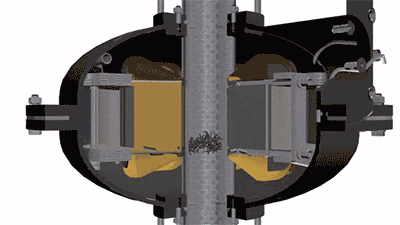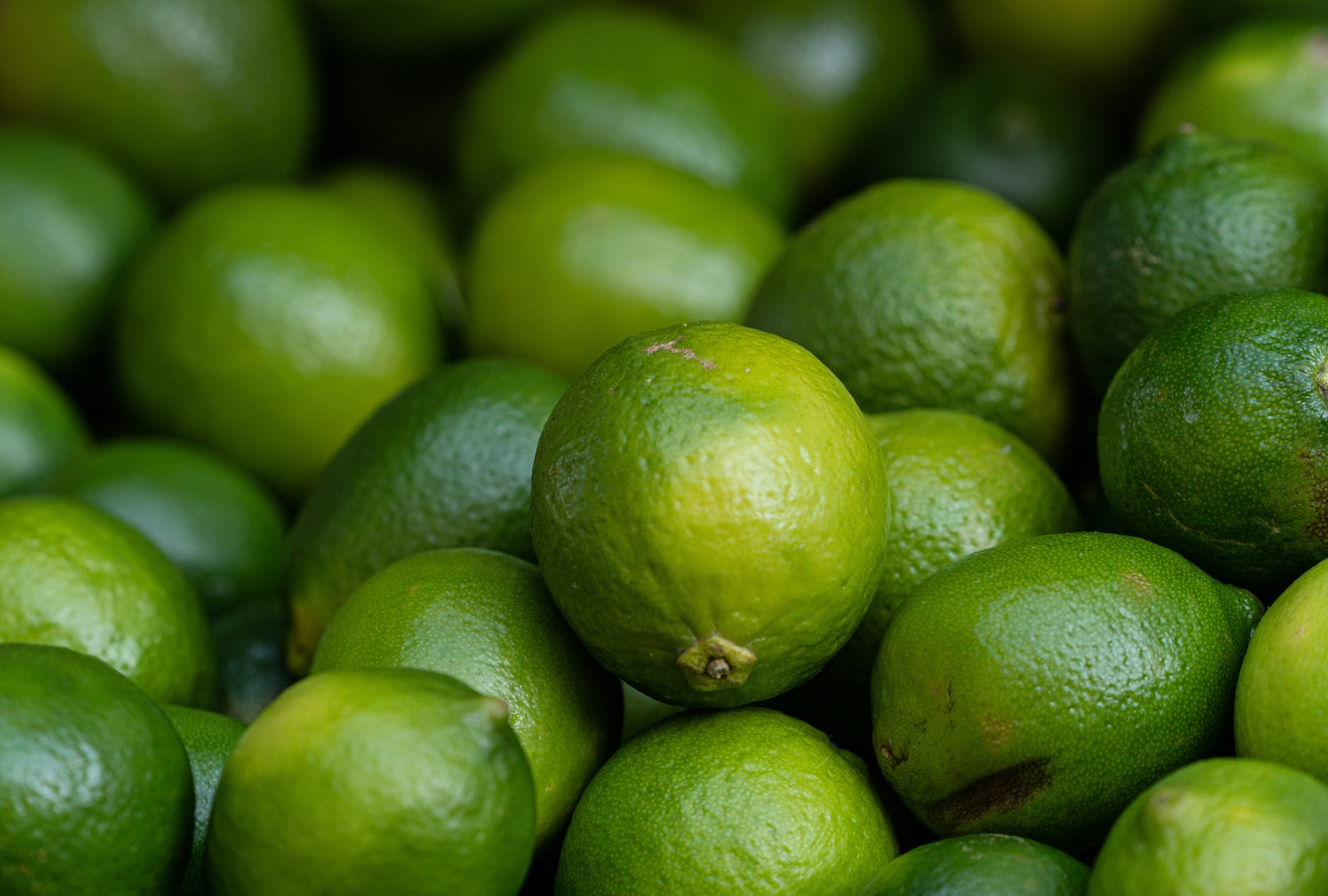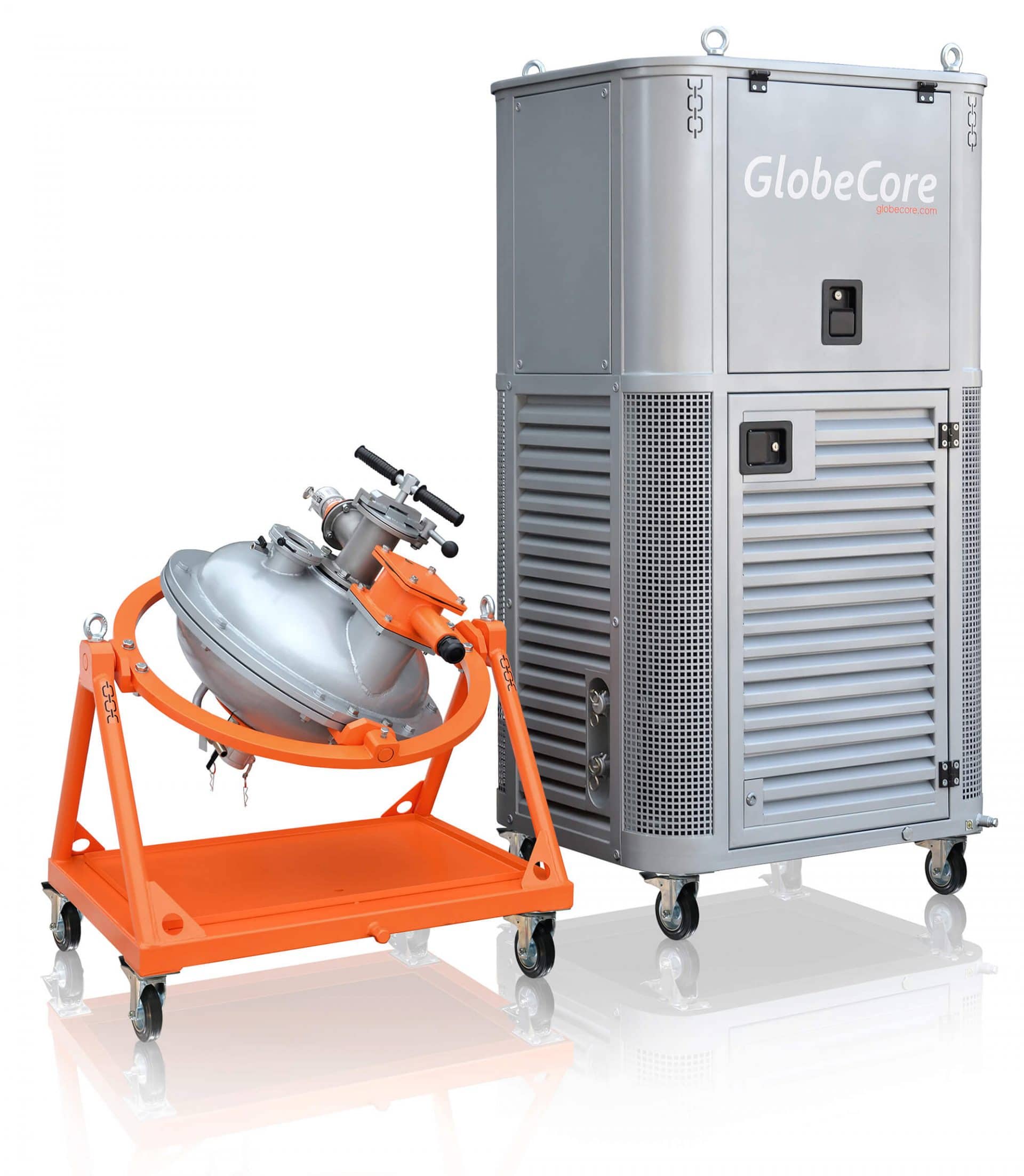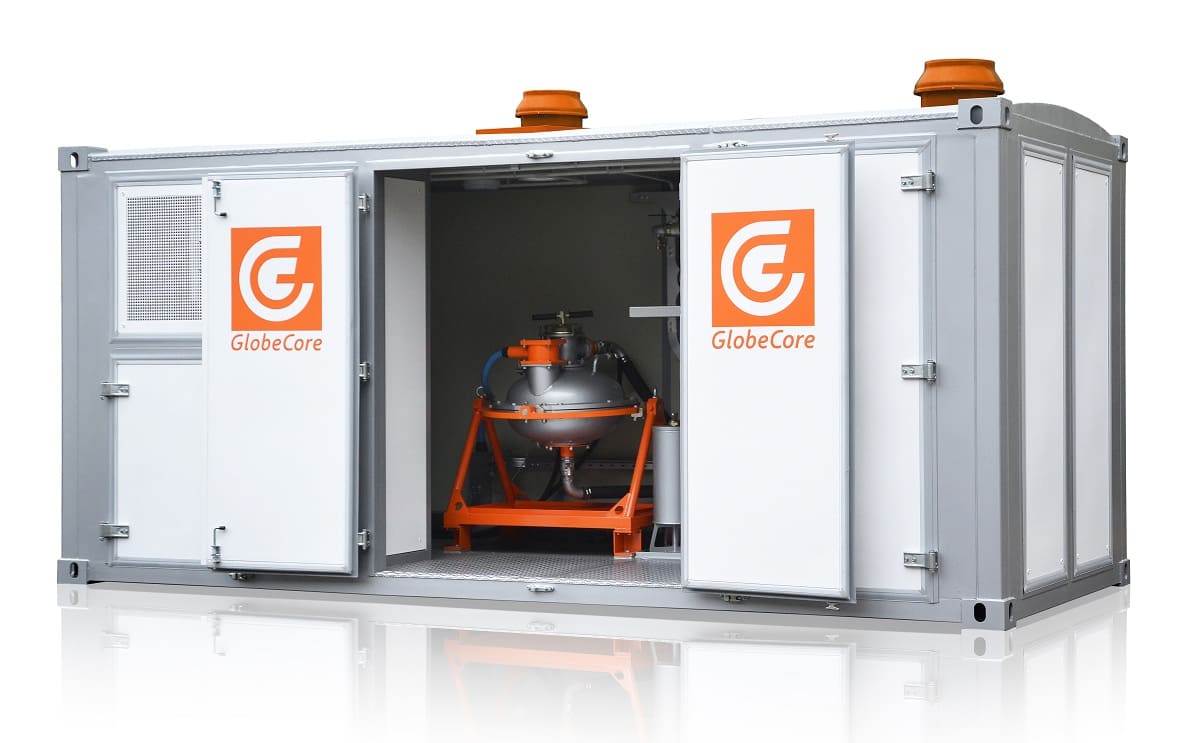Pectins are natural carbohydrates (polysaccharides) contained in plants. Basically, the substances are concentrated in fruits. They constitute structural components of tissues, maintain the turgor, tone of fruits, as well as ensure their preservation and resistance to drought. They are present in the cell sap of fruits and vegetables making up more than half of their cell mass. Pectin production consists in disintegrating the cell membranes and obtaining the polysaccharides enclosed therein.
World outputs of the product increase by 3–4% every year. At the same time, pectin production technologies develop as well. Moreover, in the world market, most of these substances are produced from citrus fruits — the fraction is about 70%. Thus, we can speak about the prospects for development of lime pectin production and the relevance of improving the existing methods
Pectin as a product — what is that?
Extracted from fruits and vegetables, pectins have the form of a water-soluble powder. They range in color from white to brown. These substances are tasteless and odorless, but the aroma of the fruit or vegetable from which pectins have been extracted can be slightly perceptible.
Unlike other soluble substances, such as sugar, pectins do not dissolve immediately when they get into water. First, they absorb moisture due to their sorption properties. In this case, the grains first swell and begin to dissolve only when they become saturated with moisture. If the swelling grains collide with one another, they combine into a jelly mass.
Pectins are formed on the basis of galacturonic acid residues. Pectin forms a jelly when dissolving in the water with sugar and acids.
These are esters of pectinic acid and ethyl alcohol with high biological properties due to the presence of free carboxyl and hydrocarboxylic groups of galacturonic acid. This feature allows pectins to interact with radionuclides and heavy metals and to form insoluble complexes. It is useful in removing these substances from the body. Therefore, pectins are also beneficial intestinal sorbents.
In addition, these substances make the body more resistant to allergies, improve metabolism, accelerate the healing of wounds and burns, and adjust cholesterol levels.
Application of pectins
Due to a number of unique properties, pectins are used across several industries:
- Food industry
This is the main application area of pectins. The substances are used in the production of jams, yoghurts, ice cream, ketchups, sauces, bakery products, juices and drinks, confectionery products, including marmalade, marshmallows, candy fillings, and fruit jelly preserves.
- Medicine and pharmaceuticals
Pectins are used as physiologically active substances. They are modified to obtain products with beneficial, curative properties. They are applied in the production of tablets, capsules, lozenges, and hydrogels. Pectins are used to treat acute intestinal infections, to remove radioactive substances, and to boost the immune system.
- Textile production
It is mainly used in processing the fabrics.
- Cosmetology
Pectins are used in the production of creams, ointments, and gels. They are added to shampoos, toothpastes, conditioners, and deodorants.
- Machine manufacturing
Pectins have been applied even in heavy industry; for example, they can be used as additives to obtain a better result of casting from mixtures.
In general, these are good natural thickeners, structuring components, preventive and curative substances.
Pectin production — main technologies
Traditionally, the technology for pectin production from citrus fruits, including lime, involves an acid extraction:
- Raw stuff preparation
Before extraction, the raw stuff is dried, ground to obtain the particles of a few millimeters in size, and flushed with cool water.
- Hydrolysis and pectin extraction
The raw stuff is sent for hydrolysis with hydrochloric, nitric, sulfurous, sulfuric, citric, phosphoric, or acetic acids used. The optimal solution in terms of savings is the use of nitric and citric acids. And the methods involving sulfuric and sulfurous media are considered to be some of the most efficient ones. However, when using the latter, the technological process becomes more complicated, and those methods are used only for large production volumes. Hydrolysis lasts about two hours at a temperature of 70 to 95°C. After that, a liquid extract is derived and purified by filtration and separation.
- Obtaining pectin substances
Precipitation using ethanol or isopropanol is applied to separate pectin substances from the extract. At the same time, the extract is additionally processed in vacuum evaporators to increase the pectin concentration. Another method involves precipitation using polyvalent-metal salts and ammonium hydroxide.
- Withdrawal of pectins from mother liquor
At this stage, filtration and pressing processes using a centrifuge are applied. That is followed by grinding the extracted substance.
- Pectin purification and drying
Pectin substances are processed with alcohol solutions, concentrated alcohol after which they are dried and pulverized. The particle size should be up to 250 microns.
In general, this pectin production technology is advantageous only for large production volumes, because it is quite expensive. The equipment, its maintenance, regular reconditioning due to the use of corrosive media are expensive. In addition, high costs are incurred to ensure the disposal of acidic media and to maintain buildings and waste treatment facilities.
A vortex layer device (AVS) will help in optimizing the production process, making it simple, affordable, and advantageous even for a relatively small enterprise.
Pectin production technologies using a vortex layer device
GlobeCore vortex layer device is a compact unit containing an operating chamber filled with ferromagnetic particles. An inductor creates an electromagnetic field in the operating area. Driven by the field, the ferromagnetic needles and the processed material actively move about the chamber. In this case, dispersion and mixing are observed. At the same time, the processed material is exposed to hydrolysis, high local pressures, electromagnetic processing, and acoustic vibrations. Owing to this, it becomes possible to improve the existing conventional pectin production technology or to introduce a new method for pectin production. Let us discuss both cases.
AVS in conventional pectin production
The use of AVS is beneficial for intensifying the hydrolysis and extraction process during pectin production. In this case, the equipment is used additionally within the existing technological line.
Due to processing the raw stuff during hydrolysis and extraction by means of the vortex layer device, protopectin is more efficiently released from the lime peels and hydrolyzed in a more efficient way thereafter. As a result, pectin can be obtained faster, and its concentration becomes higher.
In addition, AVS is used instead of conventional end-of-line equipment for efficient grinding of finished product.
Pectin production by means of AVS

It is possible to obtain pectin from lime peels and other plant raw materials using a vortex layer device without complex acid extraction processes. When lime peels are processed in AVS with water, the degree of grinding the raw stuff reaches the level of cell disintegration, and the bound pectin contained in the cells becomes accessible. Moreover, even if the cell does not break up, pectin is released therefrom due to electromagnetic effects and other processes observed in the operating chamber.
This extraction technology makes the pectin obtaining process simple and affordable. Furthermore, the time it takes to prepare the extract is reduced from 1–2 hours to several minutes.
Advantages of pectin production by means of AVS
Pectin production by means of a vortex layer device allows optimizing the process of obtaining the products due to the following advantages of the technology:
- Ease of use
The compact equipment is distinguished by plain and simple design and technological processes, requires no high expenses for maintenance and use. It is easily installed on a flat surface and requires no pedestal at all.
- Simplified technological process
It becomes possible to obtain pectins without the use of chemical agents in the form of acids. In this regard, the expenses for equipment, maintenance and repair of production lines are considerably reduced — the corrosive medium is minimized.
- Improved quality of final product
It is also associated with using no corrosive media and minimizing the use of chemicals. We obtain an environmentally friendly product.
- Versatility
The equipment can be used to perform several tasks at once and is suitable for use both in the classic pectin production technology and in the new, alternative one.
- Cost-effectiveness
Depending on the model, the power consumption of AVS ranges from 4.5 to 9.5 kW which is several times less than in the event of using conventional equipment.
Thus, the vortex layer device allows increasing the yield of pectin substances and simplifying the pectin production technology at manufacturing site thereby making it advantageous even for enterprises with low productivity. You can learn more about the equipment and order AVS-100 or AVS-150 models from GlobeCore.


 AVS-100 Mixing Machine. ...
AVS-100 Mixing Machine. ... AVS-150 Chemical Mixing ...
AVS-150 Chemical Mixing ... AVSk-150 Wastewater Treatment ...
AVSk-150 Wastewater Treatment ...